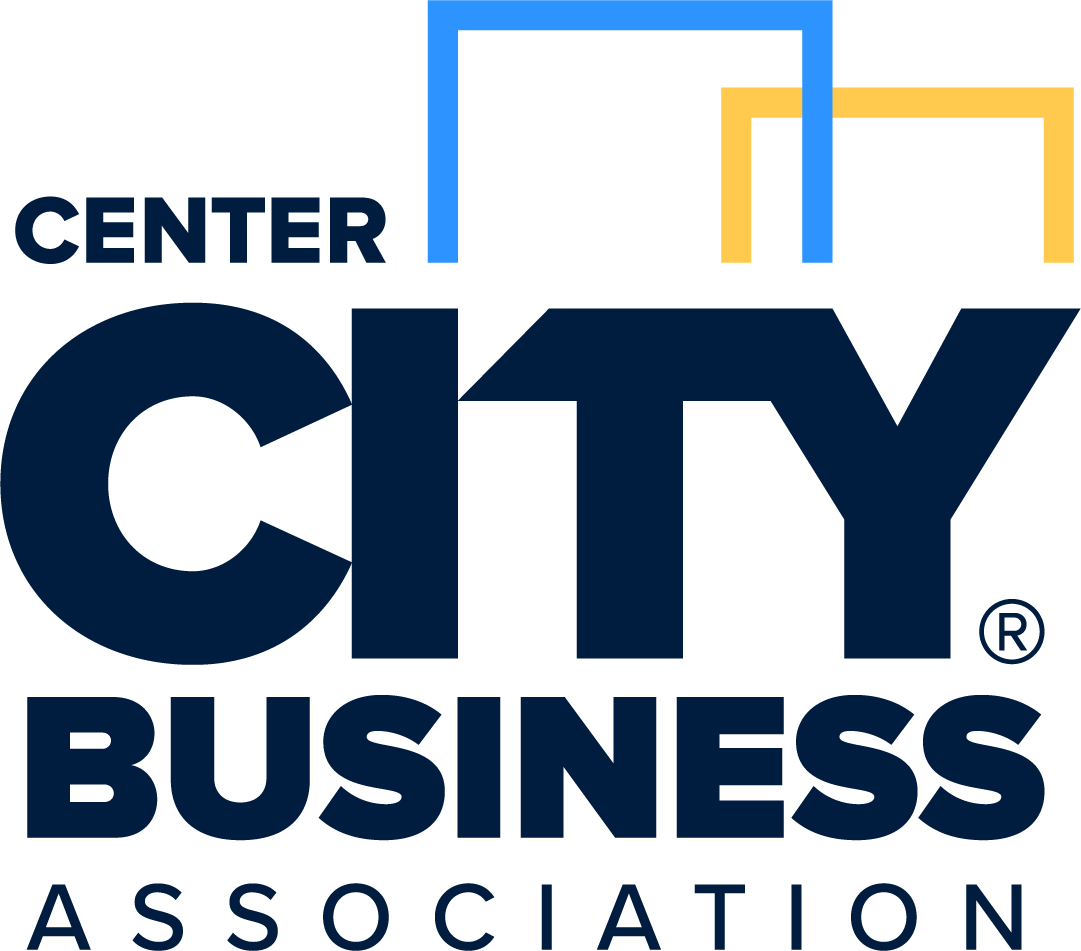Member Spotlight: Dan Rottenberg
/In Dan Rottenberg's words, "Philadelphia is in many respects an ideal place to practice the journalist’s craft." In addition to being an early CCBA board member — and current member — Rottenberg has been chief editor of seven publications, among them Center City’s fondly recalled weekly, the Welcomat. His career highlights include columnist for the Philadelphia Inquirer and executive editor of Philadelphia Magazine, as well as a reporter for the Wall Street Journal. He received Temple University’s prestigious Free Speech Award in 1992 after successfully defending seven libel suits.
Rottenberg's twelve published books include Finding Our Fathers, which launched the modern Jewish genealogy movement in 1977, and Death of a Gunfighter, which was honored as the best Western history book of 2008. In his most recent book, The Education of a Journalist: My Seventy Years on the Frontiers of Free Speech, he writes, "As a freelancer, I discovered, I possessed one unexpected advantage: my Philadelphia location. This once-ridiculed city, I found, is actually an ideal place to practice journalism: close to the centers of power (Washington and New York) without being in the center."
Q: Dan, Philadelphia plays such an important role in your recent work. How do you think the media landscape has changed in Philly over the course of your career?
The big local media story in the ’60s was the transformation of Philadelphia Magazine from a Chamber of Commerce puff sheet to a hip and aggressive innovator in investigative journalism. In the ‘70s it was the transformation of the Inquirer from one of America’s worst daily newspapers to one of the best. In the ‘80s it was the transformation of the Welcomat from a pedestrian weekly shopper to a unique alternative opinion forum. Today’s big story is the Internet— which, like Gutenberg’s moveable type 500 years ago, will deliver untold blessings once we learn to handle its inevitable chaos.
Q: You talk about experiencing a "renaissance" when you returned to Philly in the early 70s. Do you think we're experiencing another period of rebirth and innovation in Center City?
Sure. Center City is constantly experiencing rebirth, thanks to its uncanny ability to turn weakness into strength.
In 1946, when commercial development threatened to overwhelm the Rittenhouse Square area and the Square itself suffered from years of neglect, nearly 300 neighbors organized the Center City Residents Association. They successfully pressed the city to maintain the Square and preserve the neighborhood’s residential character.
In the ’50s, when most cities sought federal urban renewal funds to raze their downtowns and rebuild from scratch, Philadelphia’s inability to follow suit led instead in the opposite direction: hundreds of decaying or abandoned homes within the city’s historic district were preserved and restored. The resulting community, christened “Society Hill,” remains the envy of American cities everywhere.
In the ‘60s, traditional merchants fled South Street to escape the impending construction of the Crosstown Expressway. When the Expressway plans fizzled, a hip Bohemian entertainment district sprung up on South Street as artists, artisans, foodies, and flower children occupied its cheap abandoned retail spaces.
In the ’70s, the end of the Vietnam War released the creative energies of a whole generation of youthful anti-war protesters— social activists who rejected corporate life and instead perceived restaurants as an ideal counter-culture outlet. Center City— with its unique combination of sophisticated population and relatively low property costs— proved the ideal incubator space for their gastronomic experiments. As a result, a city never previously known for its cuisine was suddenly celebrated nationally for its “restaurant renaissance.”
In the ‘80s, the Welcomat was transformed from a pedestrian shopper into a unique weekly opinion forum written largely by its readers. In the process, it became the nation’s first profitable “alternative” paper and was cited by Advertising Age as “a vanguard of the future of big-city publishing.” But in fact, the Welcomat’s success couldn’t be replicated elsewhere, because no downtown community in America could match Center City’s combination of population size, household income level, education level, and proprtion of residents who both lived and worked within the same neighborhood.
In the ’90s, South Broad Street was transformed from a commercial district into the Avenue of the Arts as empty office spaces were replaced by theaters, as well as apartment buildings housing culture-hungry empty nesters.
Also in the ’90s, the city’s failure to adequately clean downtown streets prompted the creation of the privately-funded Center City District, which subsequently expanded its mission to a broad range of services.
And today, COVID and the consequent fear of crowded indoor spaces has forced restaurants to create outdoor “streeteries” in order to survive. The result: bustling new pedestrian life on downtown streets formerly dominated by gas-guzzling cars.
Q: What is your top advice for Philadelphia business owners in 2022?
A few timeless lessons from my memoir about confronting competition: Conventional wisdom is usually wrong. Don’t be misled by a dynamic façade (remember the emperor’s new clothes). Success invariably plants the seeds of downfall. The arrival or departure of a single individual can make a huge difference to any business.
Click here for Dan’s memoir.
To purchase Rottenberg's book, click here.
Dan Rottenberg
1315 Walnut Street, Suite 904
Philadelphia PA 19107
www.danrottenberg.com



